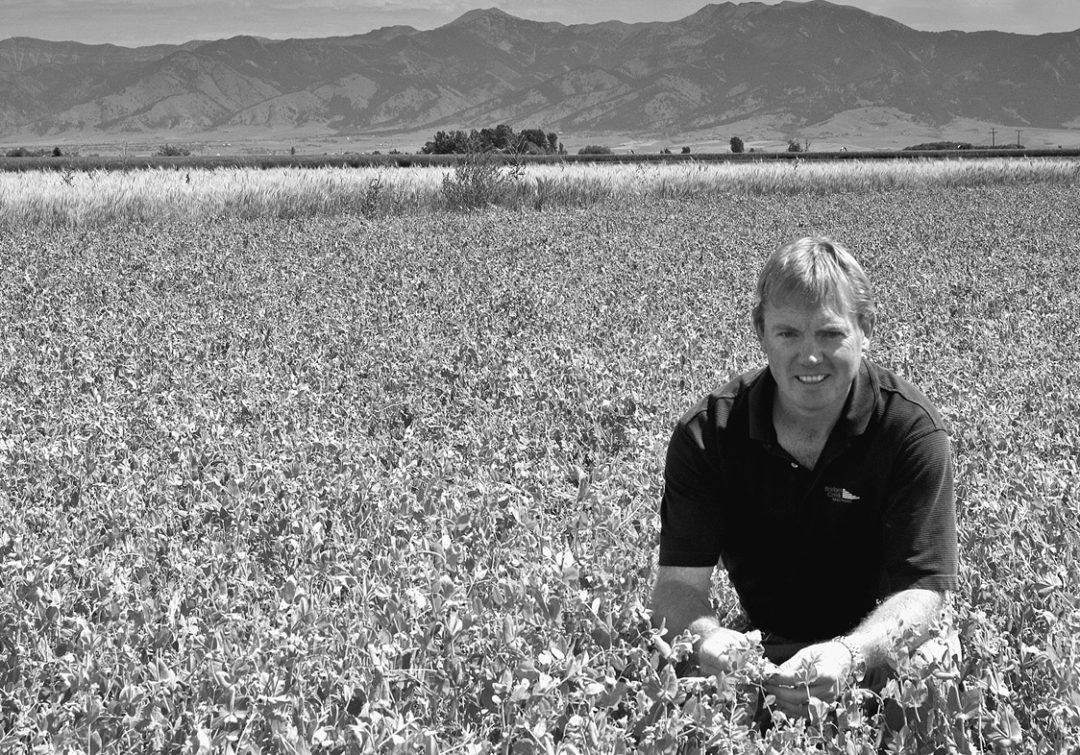No-Till Farmer
Get full access NOW to the most comprehensive, powerful and easy-to-use online resource for no-tillage practices. Just one good idea will pay for your subscription hundreds of times over.

Name: Perry Miller title: Cropping Systems Specialist
Location: Montana State University, Bozeman, Mont.
Years working with No-Till: 12
Crops Studied: Wheat, peas, lentils, mustard, canola, barley, corn, flax, chickpeas, grass peas, proso millet, sunflowers, safflower, lumpine, soybeans, fenugreek, camelina, spring triticale and many spice crops.
It’s somewhat ironic that trying to farm right out of college during a period of bad flooding in northeastern Saskatchewan led me several years later to cropping systems research in a semi-arid area where I could really use some of that excess water! Along the way, I did graduate studies in forage genetics at the University of Guelph in Ontario and at the University of Minnesota.
During stints in ag research with the University of Manitoba and with Agriculture and Agri-Food Canada, I had my first opportunities to teach and then conduct research in the area of alternative crops. My trial results included some eye-opening data on pulse crops (peas, lentils, chickpeas).
Conventional wisdom at that time was that you could not successfully grow peas in the drier areas of southwestern Saskatchewan. Our research plots showed just the opposite.
In several trials at Swift Current, Saskatchewan, dry peas, a shallow-rooted crop, actually out-yielded spring wheat, a highly efficient user of subsoil moisture.
This led to more questions about the water use efficiency of alternative crops, and the role tillage systems and nitrogen management play in coaxing higher yields from all crops in a rotational system.
Those studies more or less defined where…